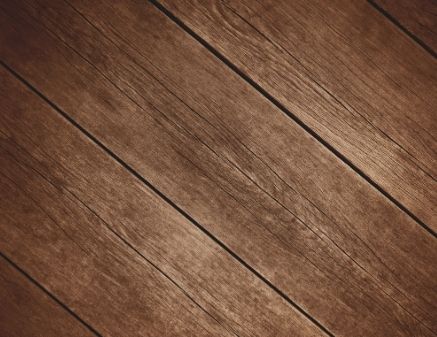
The way you place your wood floors has a massive influence over the look and feel of a room. Certain flooring patterns can make a room feel more open, create a stately impression, or better complement the interior design choices you have in mind. How do you choose the perfect pattern for your project? See what catches your eye in this list of the different hardwood flooring patterns.
Straight and Simple
Let’s start with a classic. Whether you’re installing horizontally or vertically, straight floors are a simple and dependable choice for any room. Achieve this pattern by installing floorboards parallel to one another. The end result is a sleek and contemporary floor design that will please any eye. If you like the look of straight floors but want to mix it up a little, try using planks of different widths. The variety will add character and movement to your flooring, allowing for more energetic or rustic room designs.
Diagonal and Daring
Experimenting with the different hardwood flooring patterns often gives an extra element of elegance to the room. One creative pattern that’s simple to install is the diagonal pattern. Diagonal wood floors sit at a 45-degree angle to the edges of the room. This pattern is a brilliant way to disguise uneven walls. Like straight floors, diagonal wood patterns will also open up a room—even if you have a darker wood color, such as natural black walnut engineered flooring.
Parquets, Square Baskets, and Checkerboards
This wood floor pattern goes by many names. Whatever you call it, there’s no denying that this style has a distinct charm to it. Contractors and homeowners create parquet wood floors by laying smaller planks into squares or tiles. Next, lay these individual tiles together in a repeating pattern across the room. The result has a similar appearance to a checkerboard, though each individual square can hold its own complex patterns. This wood flooring pattern is a more costly and complicated undertaking, but the simultaneously traditional and sophisticated appearance is more than worth the hassle.
Herringbone and Chevron
People often mix up herringbone and chevron floors. Both designs consist of a diagonal zigzag pattern. The complex pattern of each type of flooring limits the planks’ movements and creates a more stable foundation. Additionally, both patterns work best in large, open spaces, as their complexity can make a room feel smaller. Despite these similarities, there is a subtle yet striking difference between the two. In a chevron pattern, manufacturers cut the end of each wood plank at an angle. This allows two boards to meet in a perfectly symmetrical “V” shape. In herringbone floors, the planks have straight edges. The V shape is still there, but the planks overlap when they meet.

